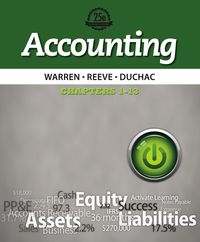Question
Sally, a UK citizen, died on 10 October 2020 leaving an estate made up as follows: Her main residence valued at 875,000. The property had
Sally, a UK citizen, died on 10 October 2020 leaving an estate made up as follows:
Her main residence valued at 875,000. The property had a 525,000 mortgage secured on it.
A Croatian holiday apartment valued at 160,000.
Bank balances of 1,070,000.
8,000 shares in quoted company. The Stock Exchange Daily Official List (SEDOL) on the day of her death valued these as: 60p to 68p with marked bargains ranging between 58p to 68p.
Sally had taken out a life insurance policy on her own life. The policy was written into trust for her daughters. Following her death, Sallys two daughters received insurance proceeds of 95,000. Sally had contributed 50,000 into the policy during her lifetime and the policys value on the date of death was 90,000.
The following debts and liabilities were owed by Sally on her death: Household utility bills, tax liabilities, etc. 19,000. Her funeral costs amounted to 8,460.
Sally had made two lifetime transfers to individuals the first on 3 September 2013 - 100,000 to her eldest daughter and on 3 December 2013 100,000 to her youngest daughter.
Sally was predeceased by her first husband, John, who died in 2010 Johns executors used 50% of Johns IHT nil rate band on his death estate.
In her will Sally left her house, her Croatian apartment and 200,000 in cash to her second husband, Wayne. The remainder of her estate was left to her two daughters.
Required
(a) Calculate the value of Sallys estate for IHT purposes and the amount of Inheritance Tax payable on the estate. (12 Marks)
(b) State by whom and when the tax is payable and by whom it is borne.
- Marks)
(c) Discuss the benefits of making lifetime transfers for IHT purposes and how such transfers can affect the tax on the estate at death.
Step by Step Solution
There are 3 Steps involved in it
Step: 1

Get Instant Access to Expert-Tailored Solutions
See step-by-step solutions with expert insights and AI powered tools for academic success
Step: 2

Step: 3

Ace Your Homework with AI
Get the answers you need in no time with our AI-driven, step-by-step assistance
Get Started


